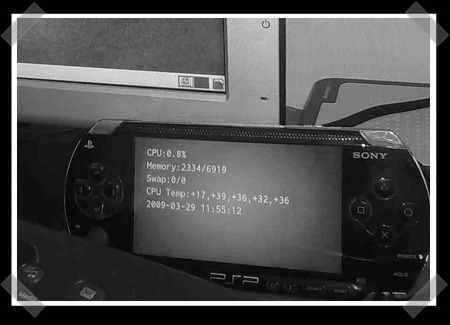
[miketysklar] noticed that a local business was having trouble with their sewage lines. People kept flushing tampons down toilets and it ended up clogging the pump. They had already installed a set of lights and horns to go off when it clogged, but they were hoping for SMS capability so they would know wherever they were. The new system piggybacks off the flashing lights by powering an XBee when they are activated. The signal it sends is recieved by another XBee attached to a computer running a python script. The script then sends a SMS via email to the poor fellow who has to fix it.
Related: Wireless Bootloading













